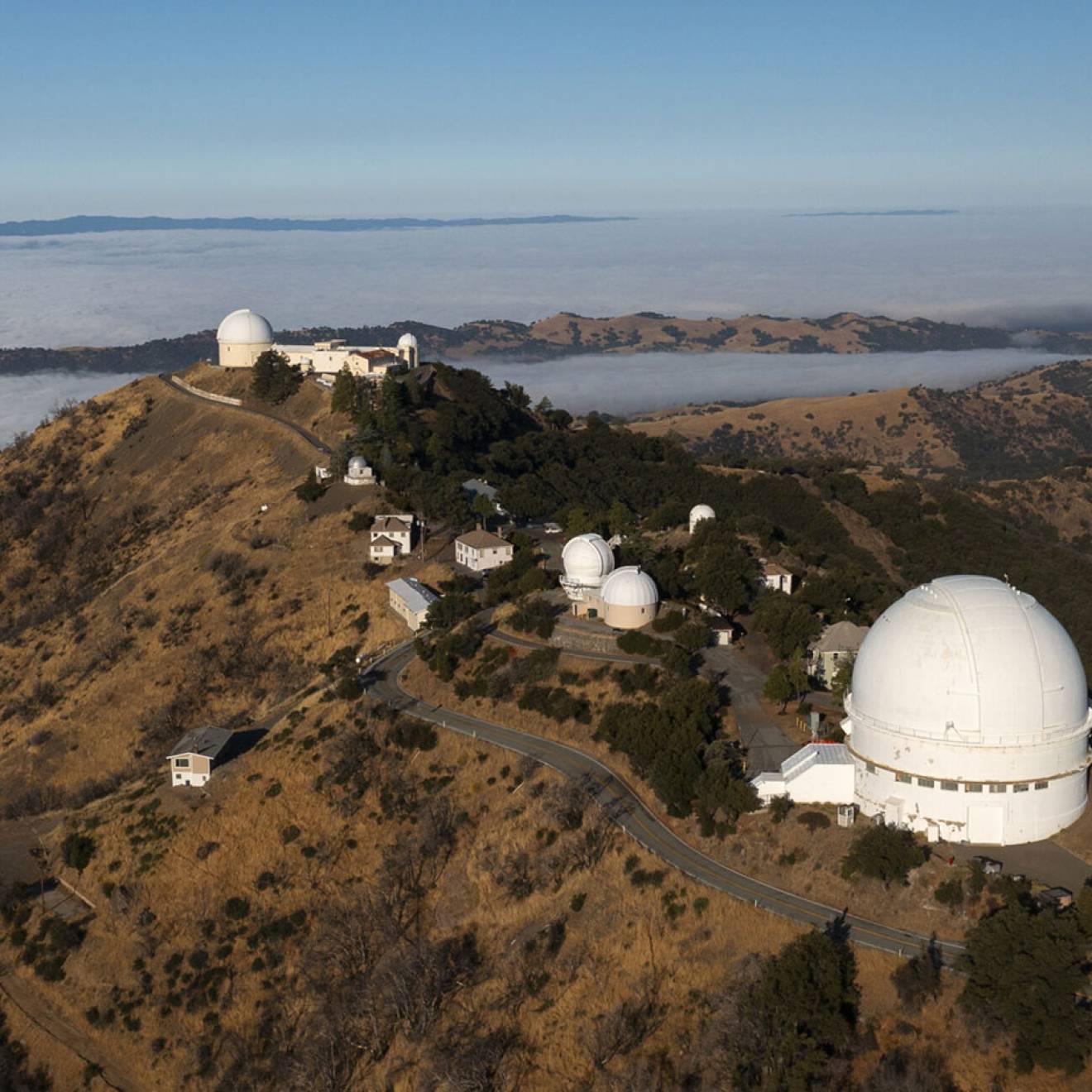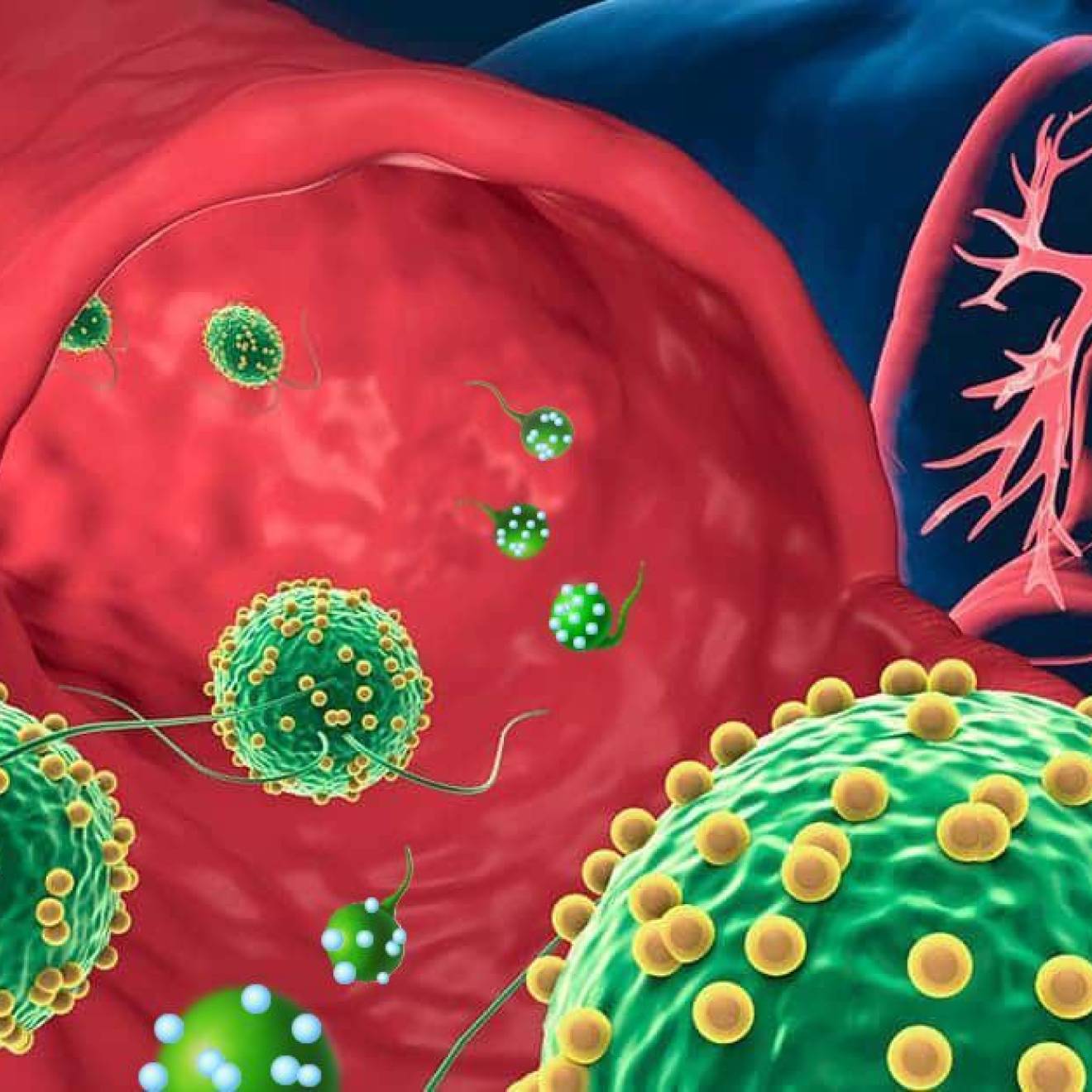Julia Busiek, UC Newsroom
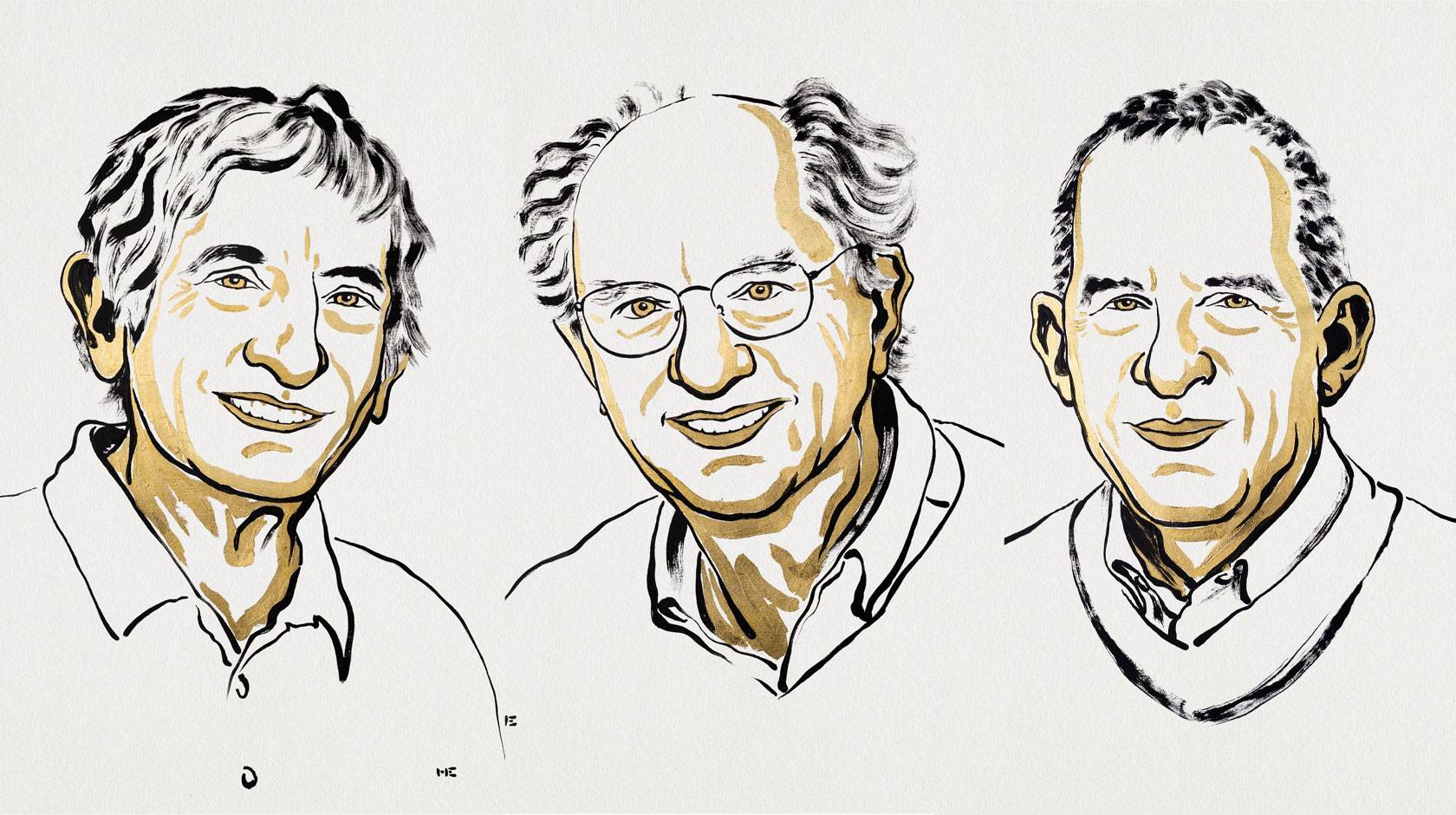
All three winners of today’s 2025 Nobel Prize in physics are faculty at the University of California. The Nobel Prize committee honored John Clarke, Michel H. Devoret and John M. Martinis “for the discovery of macroscopic quantum mechanical tunneling and energy quantization in an electric circuit.”
This work has proved foundational to the development of quantum computers, which have the potential to solve problems that today’s most powerful computers never could. Quantum computers have tremendous potential to advance fields such as drug discovery, cybersecurity, agriculture and energy.
John Clarke is an emeritus professor of physics at the University of California, Berkeley. Michel H. Devoret is a professor of physics at UC Santa Barbara and Yale. John M. Martinis earned his Ph.D. from UC Berkeley and is an emeritus professor of physics at UC Santa Barbara.
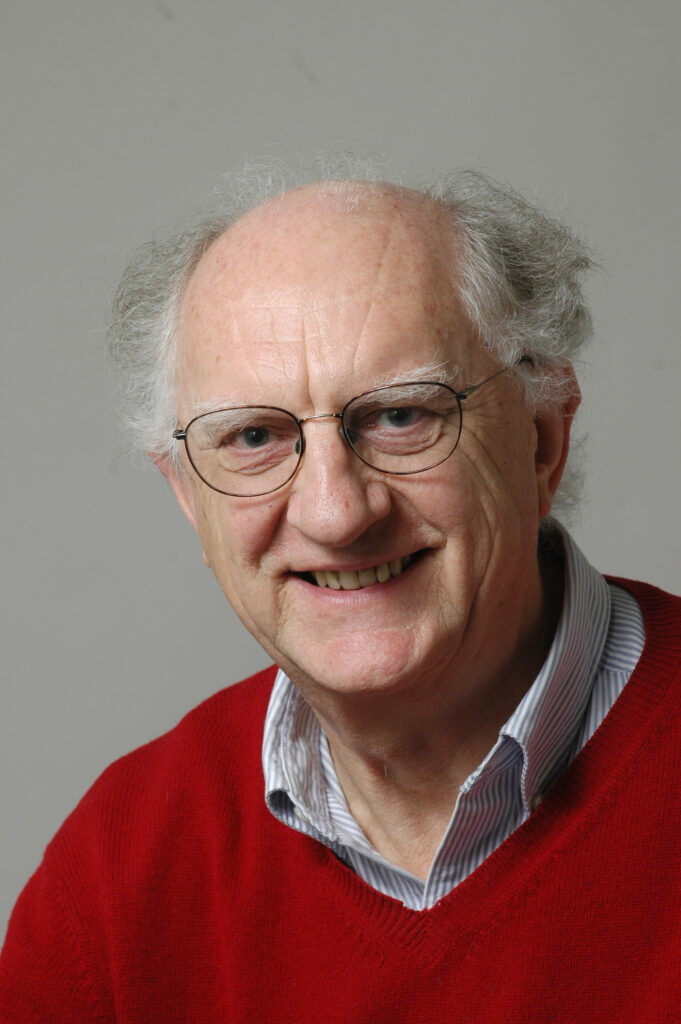
John Clarke is professor emeritus of the Graduate School at UC Berkeley and winner of the 2025 Nobel Prize in physics.
“To put it mildly, it was the surprise of my life,” said Clarke in a phone call with the Nobel committee patched into the press conference in Stockholm. That his work was Nobel Prize worthy “had not occurred to us in any way.”
“Their research has opened the door to the next generation of quantum technologies, including quantum cryptography, computers, and sensors — breakthroughs that will change how we do everything from discovering new drugs to stopping destructive cyberattacks,” said UC President James B. Milliken.
“With today’s recognition, Clarke, Devoret, and Martinis join a long line of esteemed UC faculty who have won a remarkable 74 Nobel Prizes, including 23 in physics,” Milliken said. “These awards are not only great honors — they are tangible evidence of the work happening across the University of California every day to expand knowledge, test the boundaries of science, and conduct research that improves our lives. I’m proud to see their work recognized.”
Foundational discoveries in quantum tunneling
At the time of their prize-winning research in the mid-1980s, Devoret was a postdoc and Martinis a grad student in Clarke’s lab at UC Berkeley, investigating the bizarre behavior of matter and energy at the subatomic scale. This quantum realm is governed by rules that defy human intuition: In the century since the field’s discovery, quantum physicists have shown that a single particle can inhabit multiple states at the same time and multiple particles can maintain a ghostly interdependent connection regardless of how far apart they are.
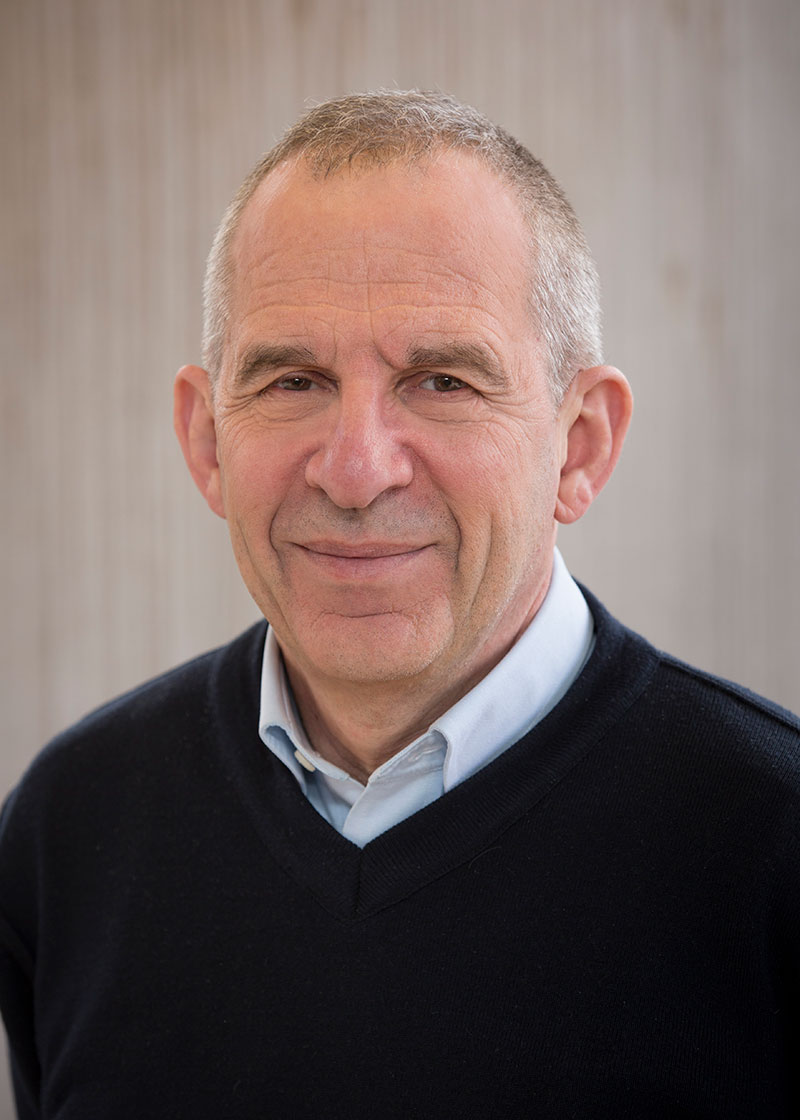
Michel H. Devoret is a professor of physics at UC Santa Barbara and winner of the 2025 Nobel Prize in physics.
Clarke, Devoret and Martinis studied another strange property known as quantum tunneling, which describes how particles can pass right through solid barriers. The phenomenon had been well studied throughout the first half of the 20th century, but until the 1980s, physicists had only observed its occurrence on very tiny scales, among particles smaller than a single atom.
In a series of experiments in 1984 and 1985, Clarke, Devoret and Martinis were the first to demonstrate this effect in a larger system — a superconducting electrical circuit big enough to hold in the palm of your hand. By mapping and measuring the circuit’s properties, they showed electrons moving through the circuit as if they were a single particle, passing through dividing barriers to fill the entire system.
The basis of today’s quantum computers
This finding has proved foundational to the development of quantum computers, which are exponentially faster and more powerful than even the most sophisticated computers in widespread use today. These conventional electronics, whether the smartphone in your pocket or the supercomputer in a government lab, contain the same basic building block, called a bit. The smallest unit of digital information, a bit is basically an electronic switch that can be set to either zero or one. String some bits together and you can make calculations. The more bits, the more complex the calculations you can make, and the more powerful your computer.
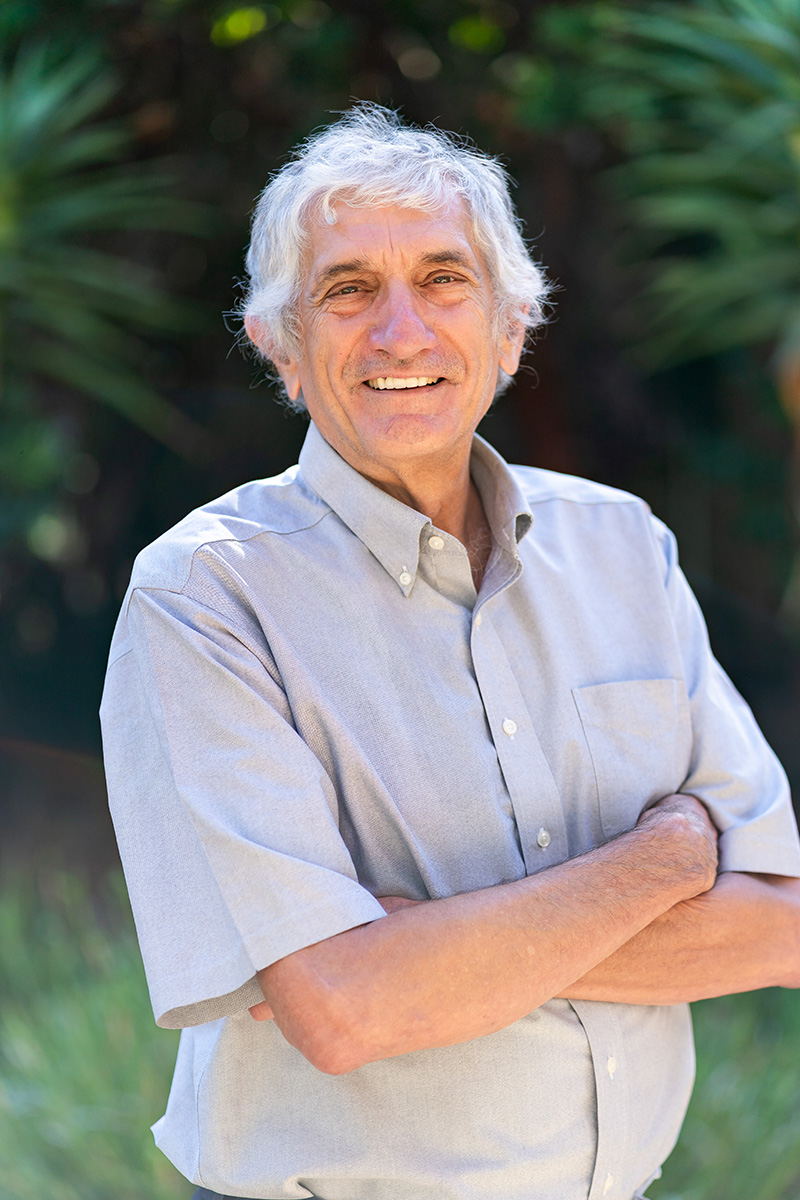
UC Santa Barbara emeritus professor John M. Martinis, winner of the 2025 Nobel Prize in physics.
Quantum computing arose from the discovery that, at the quantum level, a particle can occupy two states at the same time — both zero and one, or some combination thereof, a trait known as superposition. Particles can also get entangled, meaning they share a quantum state regardless of how far apart they are. Induce these behaviors on a computer chip and each quantum bit (or “qubit”) can do lots of calculations at the same time, where a conventional bit can only do one.
The prospects are both exciting and unsettling. A quantum computer could quickly and accurately model almost any natural or chemical process down to its most minute elements and interactions. That would take much of the guesswork out of the search for new drugs and materials, more efficient energy systems, and a zillion other worthwhile endeavors. Quantum computers could also make quick work of even the most sophisticated existing encryption technology, leaving passwords, bank accounts and national secrets vulnerable.
But the quantum states that govern these powerful systems are fragile. Even the smallest disturbance from heat, light or motion can break these connections down. So most quantum computers today run on superconducting qubits, which are chilled to a temperature near absolute zero and kept in total darkness and isolation. The structure and function of the superconducting qubits on which most of today’s leading quantum computers operate were first described by Clarke, Devoret and Martinis at UC Berkeley four decades ago.
“This was the grandfather of qubits. Modern qubit circuits have more knobs and wires and things, but that’s just how to tune the levels, how to couple or entangle them,” said Irfan Siddiqi, the chair of UC Berkeley’s Department of Physics and a former postdoctoral fellow in Devoret’s Yale lab. “The basic idea that [these] circuits could be quantized and were quantum was really shown in this experiment.”
Ongoing contributions to science and technology
Clarke, who has been on the UC Berkeley faculty since 1969 and retired as a faculty scientist from Lawrence Berkeley National Lab in 2010, is also known for his work on ultrasensitive detectors called SQUIDs, or superconducting quantum interference devices. He has used SQUIDs in many applications, including the detection of NMR signals at ultralow frequencies, geophysics, the nondestructive evaluation of materials, and as biosensors.
He is currently collaborating with the Axion Dark Matter Experiment, for which he developed a low-noise superconducting quantum amplifier based on SQUIDS. ADMX is searching for a possible dark matter candidate, the axion. The high-frequency, low-noise quantum SQUID amplifiers he invented for ADMX have since been employed in another area of physics, to read out the superconducting quantum bits, or qubits, for quantum computers.
Martinis, who obtained his doctorate in physics in 1987 from UC Berkeley under the guidance of Clarke, arrived at UC Santa Barbara in 2004. In 2014, he and his team were hired by Google Quantum AI to build a quantum computer, an effort that led to a 53 entangled qubit system that took on — and solved — a problem considered intractable for classical computers. In 2020, he resigned from Google and joined Australian startup Silicon Quantum Computing. In 2022, he co-founded the quantum computing company Qolab, where he serves as Chief Technology Officer.
“It is a great honor to be awarded the Nobel prize,” said Martinis. “I am grateful to have worked with John Clarke and Michel Devoret during my Ph.D. thesis, as they taught me how to do compelling experiments. The global physics community has also contributed greatly to the success of superconducting qubits. Next, let's build a useful quantum computer!”
Devoret received his doctorate in condensed matter physics from University of Paris, Orsay, in 1982, and worked as a postdoctoral researcher in Clarke’s lab at UC Berkeley from 1982-1984. He went on to serve as the director of research, head of the Quantronics Group at CEA-Saclay in France from 1995-2002, then became a professor of applied physics at Yale University from 2002-2024. He subsequently joined the faculty at UC Santa Barbara, and is also the Chief Scientist at Google Quantum AI.
“I was thrilled to hear that the Nobel was awarded to John Clarke, John Martinis, and Michel Devoret, all of whom have been leading the second quantum revolution we are now enjoying,” said Berkeley Lab Director Mike Witherell. “John Clarke was a leading faculty scientist at Berkeley Lab for many years, supported by the Department of Energy’s Basic Energy Sciences program. This is great news.”
2025 marks the 100th anniversary of quantum mechanics, which was first described in 1925 by physicists Werner Heisenberg and Erwin Schrödinger. “It is wonderful to be able to celebrate the way that century-old quantum mechanics continually offers new surprises,” said Olle Eriksson, Chair of the Nobel Committee for Physics. “It is also enormously useful, as quantum mechanics is the foundation of all digital technology.”
A long Nobel legacy
Today marks the second time in history that three University of California faculty have won a Nobel Prize in a single category. In 1995, UC Irvine’s Paul J. Crutzen, Mario J. Molina and F. Sherwood Rowland won the Nobel Prize in chemistry for discovering the ozone-destroying properties of industrial chemicals called chlorofluorocarbons — a discovery that led to the passage of a global ban on these substances, averting the catastrophic destruction of Earth’s ozone layer.
On Monday, the 2025 Nobel Prize in physiology or medicine was awarded to immunologist Frederick J. “Fred” Ramsdell, who earned his bachelor’s degree from UC San Diego and his doctorate in microbiology and immunology from UCLA. Ramsdell was honored for his work on the human immune system, alongside Mary Brunkow of the Institute for Systems Biology in Seattle and Shimon Sakaguchi of Osaka University in Japan.
More from UC Santa Barbara: UCSB physics professors John Martinis and Michel Devoret win 2025 Nobel Prize in physics
More from UC Berkeley: John Clarke, UC Berkeley emeritus professor, awarded 2025 Nobel Prize in physics
More from Berkeley Lab: Former Berkeley Lab scientist John Clarke wins 2025 Nobel Prize in physics
This is a developing story. Robert Sanders and Sonia Fernandez contributed reporting.
